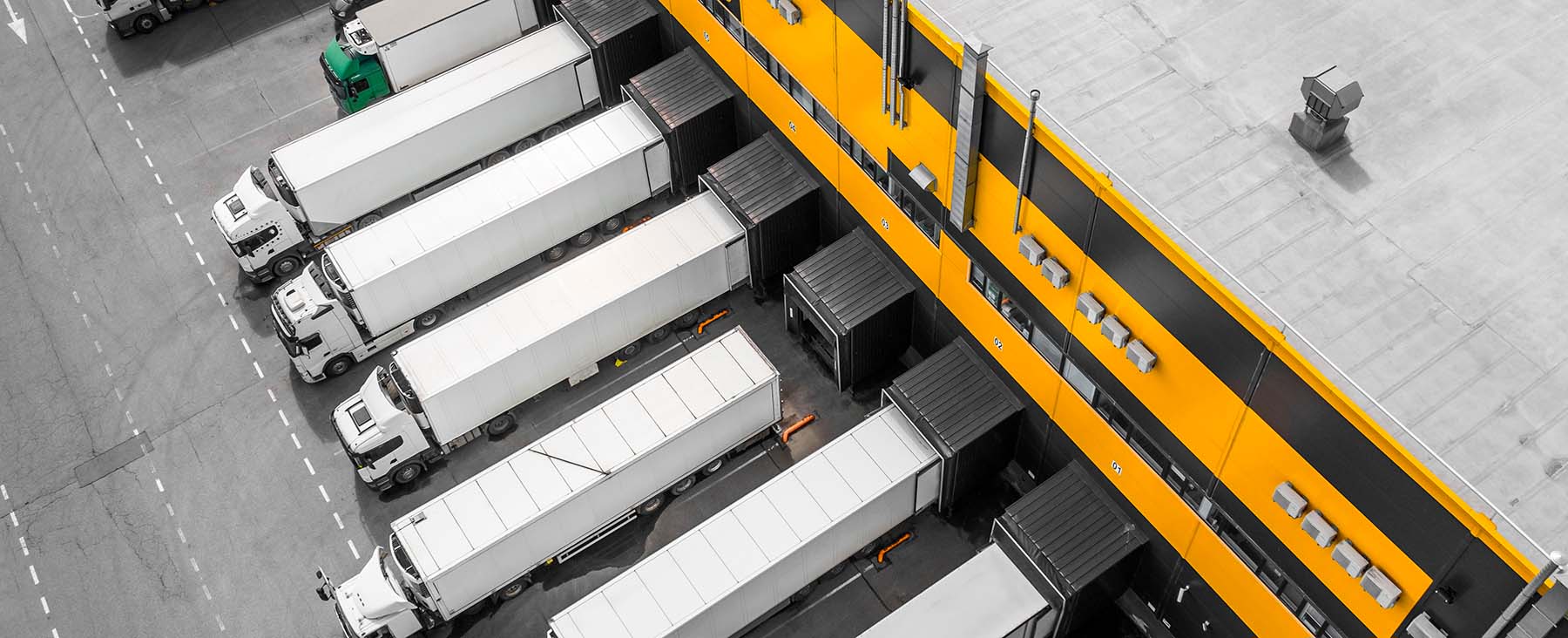

How much does freight transport pollute?
Freight transport continues to boom, driven by a globalised economic model. Supply chains have become more complex and greenhouse gas emissions have soared in recent years. Only a change in our consumption habits can reverse the trend.
Globalisation and the rise of trade has meant that billions of tonnes of freight are moved around the world every year by trucks, ships, trains and planes. The International Energy Agency (IEA) estimated in 2018 that this movement of goods generates 8% of global greenhouse gas emissions, and up to 11% if we include those produced in warehouses. If no action is taken, freight transport will become the most polluting sector by 2050.
Land transport, mainly by lorries and vans, accounts for 62% of these emissions. Although the fuel used in maritime transport is much more polluting, the fact that the carrying capacity per vehicle is much lower in land transport makes it much more inefficient from an environmental point of view. For the same amount of cargo and distance, road transport generates more than 100 times more CO₂ than maritime transport.
Moreover, road freight transport is a fast-growing sector, partly due to the rise of e-commerce and home delivery. And it is the most difficult transport segment to decarbonise, as the use of clean energy is much less developed than in passenger transport.
The law of the sea
Maritime transport is the backbone of world trade. In 2018, 11 billion tonnes of goods were transported by sea and related CO₂ emissions amounted to more than 700 million tonnes.
The importance of this sector is such that it was left out of the 2016 Paris Agreement and is projected to account for up to 10 % of global greenhouse gas emissions by 2050 if no action is taken. Demand for raw materials and container transport is growing all the time.
Large ships run on highly polluting fossil fuels, especially heavy fuel oil, which contains high amounts of sulphur, ash, heavy metals and other toxic residues.
A problem called sulphur
Until 2020, the maximum limit for sulphur in marine fuels was 3.5%, while the EU limit for road fuels is 0.00001%. ‘The Guardian’ published a revealing statistic a few years ago: 15 of the world’s largest ships polluted as much as 760 million cars.
After years of consultation, the International Maritime Organisation (IMO) reduced the maximum allowed level of sulphur in ship fuel from 3.5 % to around 0.5 % in 2020. However, the expectation that maritime freight traffic will continue to increase to double 2005 levels by 2050 significantly reduces the scope of this measure.
More pollution
IMO reports published in recent years have revealed that, instead of decreasing, emissions from ships have increased by 10% since 2008 and will continue to do so. If all shipping were a country, it would be the sixth most polluting in the world, ahead of Germany.
The Marine Environment Protection Committee of this organisation proposed in 2020 a partial reduction of CO₂ emissions for this decade and to extend the reduction to 50% in 2050. However, the organisation that regulates international maritime traffic ignored the recommendations and only agreed on short-term, non-binding measures.
As a consequence of this, CO₂ emissions from cargo ships will continue to grow in the coming years. If the shipping industry does not implement green strategies, its greenhouse gas production will increase by 15% by 2030. And if it follows the IMO recommendations, this percentage will hardly change.
In this context, the only solution to curb the impact of freight transport on the environment involves changes in our personal consumption habits: above all, reducing the volume and weight of our purchases, and prioritising local products.
If you want to wash your clothes without polluting the planet, 11Onze Recommends Natulim.
Leave a Reply
You must be logged in to post a comment.





Gràcies!
👍
👍